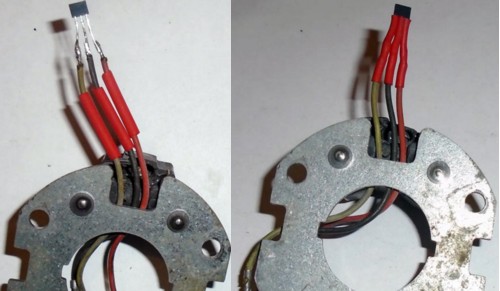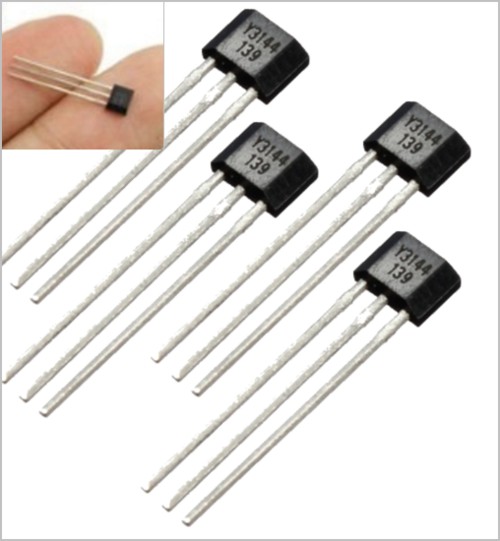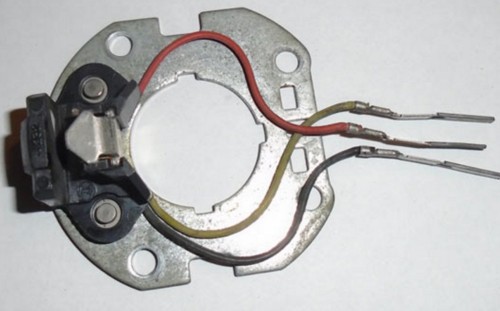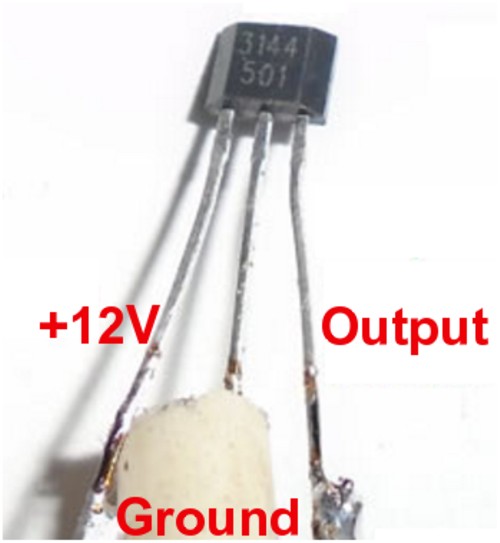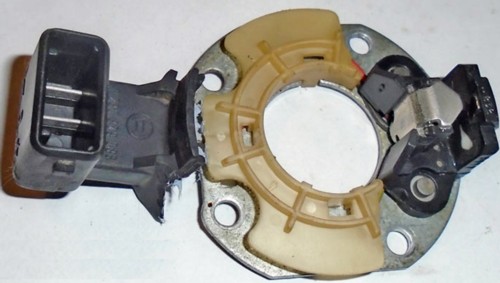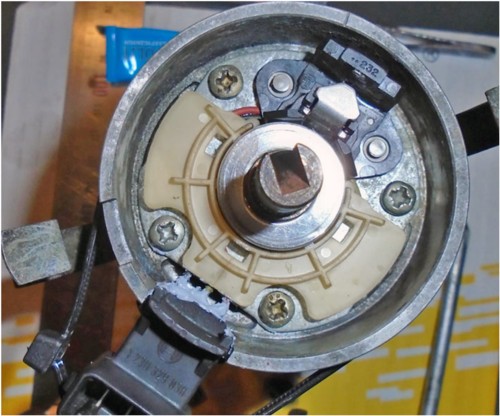LOSS OF POWER
On Sunday past, whilst taking my family for a drive along our scenic coastline on the Western Cape, I happened to see no less than three Volkswagen cars, each being loaded onto a roll-back. A VW Polo Vivo in Muizenberg, an Audi S4 in Fish Hoek and a VW Scirocco in Scarborough. I couldn't help but feel awkward about my own Volkswagen Polo because after all, three out of three vehicles on the roll-backs were Volkswagen manufactured cars. I would have felt loads better if at least one of them were a Toyota or a Ford or a Honda. Understandable there are a lot more Volkswagen vehicles on the road than any other make, hence the higher failure rate.
However, I instinctively pulled over for a chat with the driver of the Scirocco to inquire about the problem. It's owner Gwendaline. apparently parked her car to go for a walk on the beach and when she returned, had difficulty in starting her car. When it finally started , the whole car shook like her washing machine does in its spins cycle. According to her, the Scirocco is really an excellent car with very few issues other than regular EPC light issues; and that its 18 inches tyres are a bit expensive. So we started talking about the EPC - Electronic Power Control and she seems really knowlegeable about it. Our conversation went something like this.
Electronic Power Control
The EPC warning light, is just an indicator light powered by the Electronic Power Control circuit. Most people are under the impression that it indicates that there is something wrong with the engine when it light up. But this is not exactly the case, because the EPC light does come on when a brake light is fused or the fuel tank cap isn't properly closed. When The EPC warning light flashes or stays on, it merely alerts the driver to a problem that may exists in your Volkswagen's throttle system. The throttle system encompasses the throttle body, the throttle control motor, the accelerator pedal, the drive-by-wire electronics, the traction control, the cruise control, the stability control, the fuel delivery system and even the braking system and all their sensors, etc..
What does it mean when the EPC warning light turns on in a Volkswagen?
The throttle body motor opens and closes the butterfly valve located on the intake manifold which regulates the amount of air that goes into the engine, in relation to the position of the accelerator pedal. Implying the higher the air flow into the engine, the more fuel the ECU injects, thereby increasing or decreasing the power output of the engine. When a problem is detected in the throttle system, a signal from one of the sensors triggers the ECU into illuminating the EPC warning light.
The Electronic Power Control (EPC) is just a part of the Engine Management System, which in turn is part of the overall On-Board Diagnostic II system. Normally when the a problem is detected that causes the EPC light to turns on, it also sends fault codes to the dashboard module or gateway module, vehicle model dependent. These fault codes can be retrieved by an ODBII scanner / smart phone, which are key to isolating the area of the throttle system that has failed. Most EPC light and ESP light problems will limit your Volkswagen's output power, commonly known as "limp mode".
It is advisable that when either the EPC or ESP lights turn on, the problem associated with it be repaired timeously. A Volkswagen in limp mode should not be used to run errands, and since the car has sufficient power to drive it to dealership or mechanical repair shop, it is best to do so. Normally once the fault / problem is remedied the EPC or ESP light will turn off. However, there are hundreds if not thousands of Volkswagen owners who have taken their Volkswagen cars into dealerships for repair, only to encounter the same EPC / ESP problem a day or two later. Some of them suffer with EPC problems for months and I personally know of someone who had an EPC problem for more than a year. That's enough to drive the sanest person nuts.
________________________________________
My W Polo classic 2003 model's EPC light is on and there's no acceleration. My VW Jetta's dashboard displays the word EPC, now it has no power. My VW Golf diplay the letters Epc, what can I do? My VW Golf IV cluster shows both epc and esp and it won't revv up, nor go more than 70 km/h. My VW Sirocco 2017 model's epc light has come on again. My car's EPC light is on and I don't know what to do?
